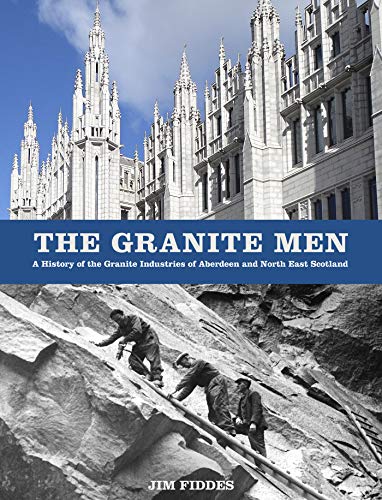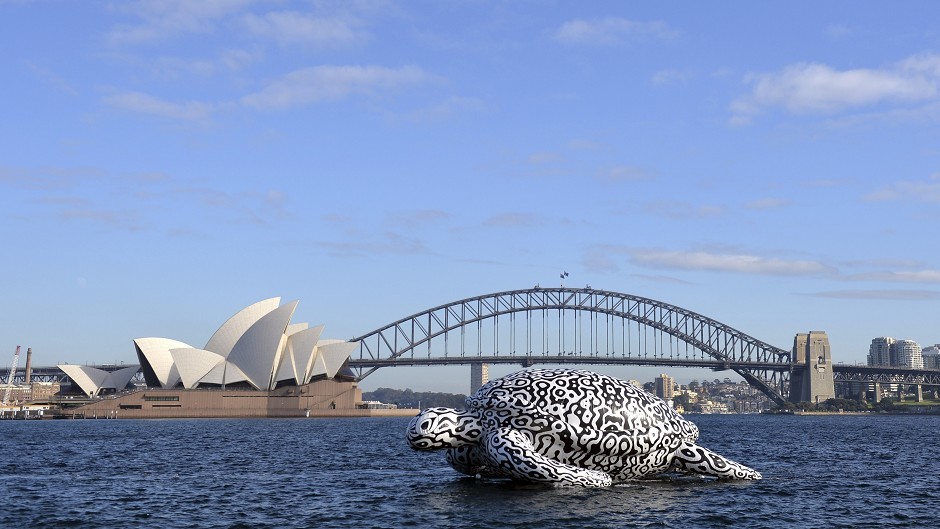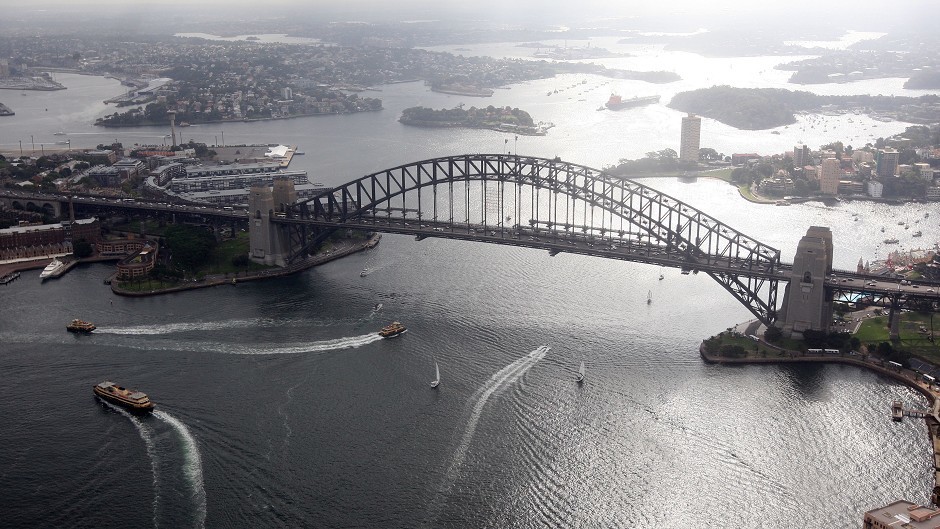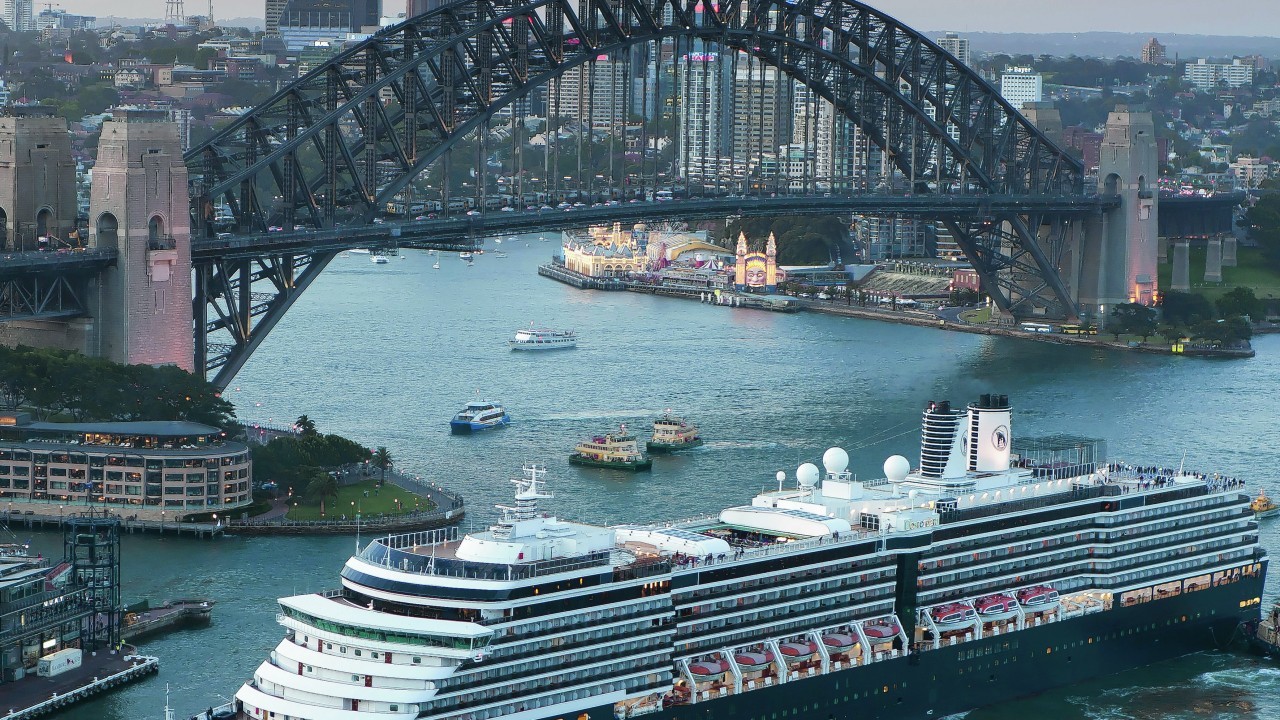It’s a material which has become synonymous with Aberdeen and is embedded in the history of the place.
Yet the influence of those who have plied their craft with the famous granite stone extends way beyond the north east.
Indeed, a group of Scots were instrumental in the creation of one of the world’s most famous structures, the Sydney Harbour Bridge.
Jim Fiddes’ book “The Granite Men” highlights how 30 redoubtable characters swapped Aberdeen for Australia in 1926 and the letters they sent home indicated they were more than happy with their working conditions and a salary which rose by 10 shillings in the first few months.
At the outset, Dorman Long of Middlesbrough, the company which built the bridge, received more than 250 applications from those looking for work Down Under. Those seeking the roles were not deterred by the thought of the crossing which took months, often in cramped conditions on stormy seas with basic food and living quarters.
As Mr Fiddes stated: “They appointed John Gilmore from Harthill in Kintore, to manage the granite quarry at Moruya, 200 miles south of Sydney.

“He had worked at Kemnay, Rubislaw, Peterhead, Brechin and Ailsa Craig quarries and he had also been employed in North America.
“The first party of workers from the north east left Aberdeen in February, 1926, with another group following them in May.
“Unlike most of the workers, who had gone to North America, they took their families with them and children were born in Australia who later moved back to Aberdeen.”
Mr Gilmore was one of life’s great pioneering figures and he accompanied his wife, his son and no less than eight daughters on the gruelling seven-week voyage, which usually tested the patience and stamina of even the most seaworthy traveller.
The initial contract was for a period of three years with the possibility of further work beyond that time and the peripatetic Scots joined forces in a place, which was colloquially known as Granite Town, alongside many Australian and Italian stone masons.

Eventually, after years of hard labour, they were responsible for bringing to fruition one of the world’s most famous structures.
Some of the men later returned home, others remained in Australia and theuir families remain there to this day.
But even now, almost a century later, the men’s collective efforts were well worth the sacrifices which lay behind their escape to the sun!
“The Granite Men” is published by The History Press.

